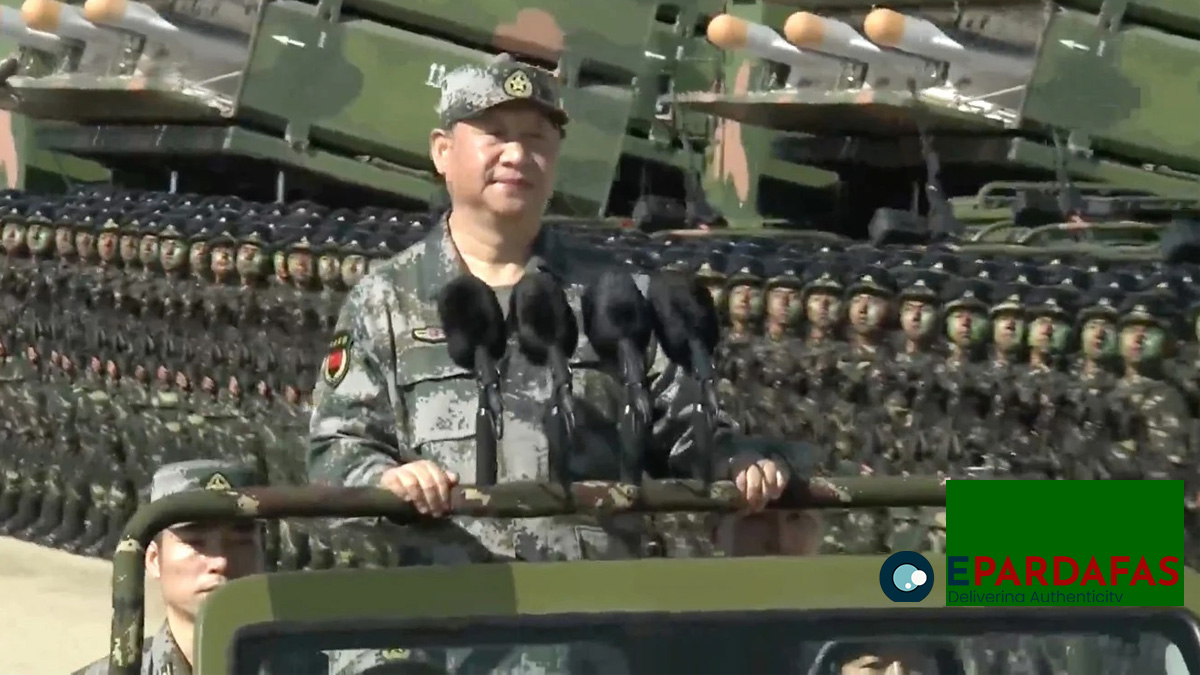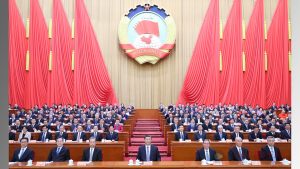
Unpacking Xi Jinping’s Latest Military Reforms
The recent dissolution of China’s Strategic Support Force has raised eyebrows and sparked speculation about President Xi Jinping’s ulterior motives, offering a glimpse into the intricate web of military politics and power dynamics within the Chinese Communist Party (CCP).
Established just nine years ago under Xi’s direction, the Strategic Support Force was heralded as a futuristic military unit poised to bolster China’s technological prowess and strategic capabilities. However, its abrupt disappearance in a recent round of military restructuring has prompted questions about the rationale behind its demise and the implications for Xi’s political agenda.
One prevailing theory suggests that the dissolution of the Strategic Support Force is a strategic maneuver by Xi to consolidate power and position himself for a potential fourth term as party chief. By dismantling the force and reshuffling its components into three lower-level units, Xi aims to assert greater control over the military apparatus and reaffirm his authority within the CCP.
The genesis of the Strategic Support Force can be traced back to 2014, a pivotal year marked by Xi’s crackdown on high-ranking military officials implicated in corruption scandals. The purging of top brass, including former vice chairmen of the Central Military Commission Xu Caihou and Guo Boxiong, underscored Xi’s determination to root out corruption and ensure the loyalty of the military establishment.
Against this backdrop, the establishment of the Strategic Support Force served dual purposes: to enhance China’s military capabilities in emerging domains such as cyber warfare and space operations, and to consolidate Xi’s control over the armed forces. However, concerns about the force’s efficacy and potential corruption within its ranks may have prompted Xi to reevaluate its role and relevance.
The latest military reshuffle, which saw the Strategic Support Force reorganized into three distinct units — the Information Support Force, Aerospace Force, and Cyberspace Force — reflects Xi’s strategic realignment of China’s military priorities. By decentralizing command and streamlining operations, Xi seeks to streamline decision-making processes and tighten his grip on the military hierarchy.
The dissolution of the Strategic Support Force also coincides with broader geopolitical tensions, including escalating tensions with the United States over issues such as surveillance activities and territorial disputes. The recent downing of a Chinese surveillance balloon by the U.S. military underscored the growing friction between the two superpowers and highlighted the strategic importance of maintaining technological superiority in contested domains.
Xi’s directive to the newly inaugurated Information Support Force to remain “absolutely loyal, pure, and reliable” underscores the regime’s emphasis on ideological conformity and party discipline within the military ranks. As Xi solidifies his grip on power and prepares for future leadership transitions, the fate of the Strategic Support Force serves as a cautionary tale of the perils of political ambition and the complexities of military governance in contemporary China.















Comments